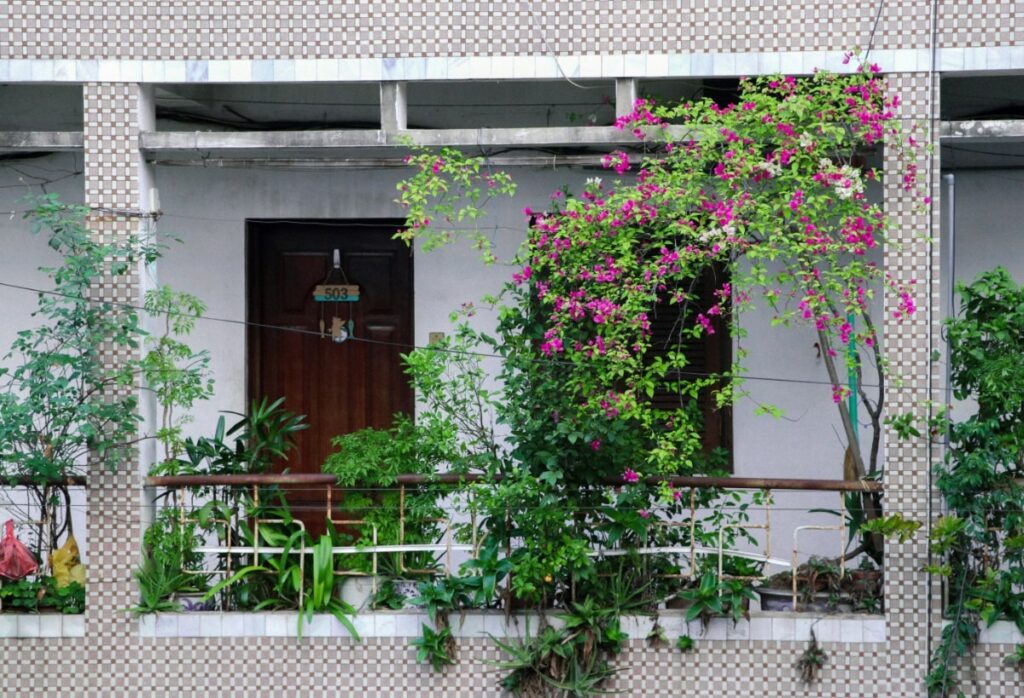In the modern era, the trend of apartment gardening has been on the rise, especially among city dwellers. The scarcity of outdoor space and the hectic routines of urban life may make it appear to be an insurmountable challenge to cultivate your own fresh produce. However, embarking on an apartment gardening journey can be an incredibly gratifying and enriching experience. Not only does it offer a source of fresh, organic produce, but it also promotes sustainability and helps to reduce your carbon footprint. Moreover, gardening has been scientifically proven to have a plethora of mental and physical health benefits, such as mitigating stress and boosting physical activity levels. In this article, we will delve into the advantages of apartment gardening and provide you with some valuable tips on how to start an apartment garden.
Choosing the Right Plants for Your Space
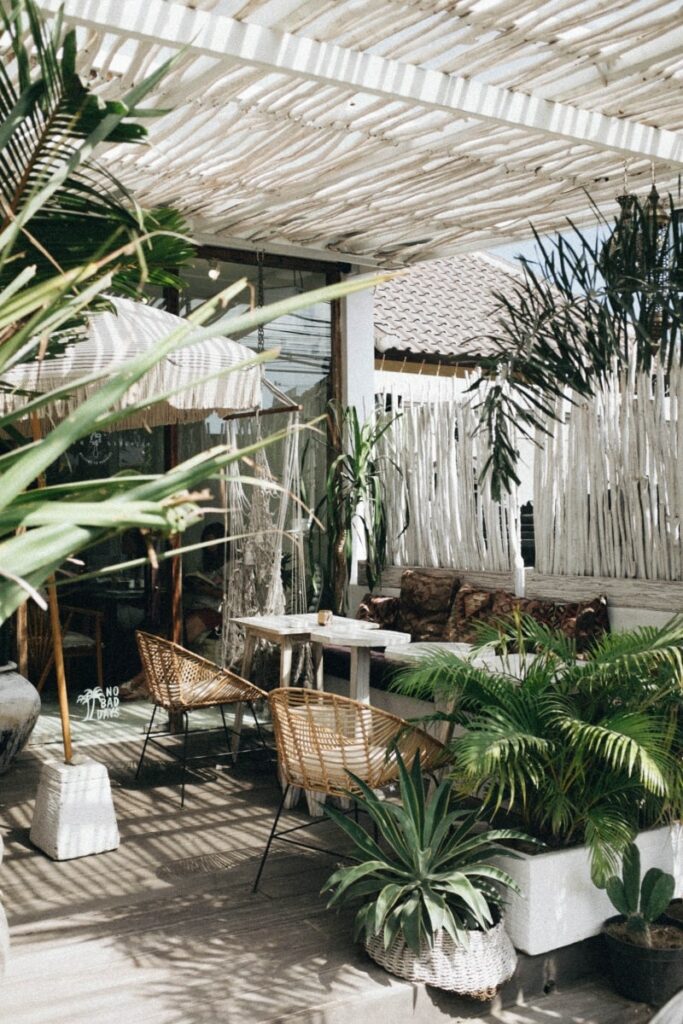
Choosing the right plants for your space is crucial, as not all plants are suitable for indoor or small-space gardening. Therefore, it’s important to do your research before making any purchases.
First and foremost, consider the amount of sunlight your space receives. This is a crucial factor that can make or break your garden. If you have a south-facing window that gets plenty of direct sunlight, you can choose plants that require full sun, such as herbs like basil, thyme, and rosemary, or vegetables like tomatoes and peppers. However, if your space only gets partial sunlight, you can opt for plants that can tolerate shade, such as leafy greens like lettuce and spinach, or herbs like parsley and cilantro.
Next, think about the size of your space and the containers you’ll be using. If you have limited space, you may want to choose plants that don’t take up too much room, such as dwarf varieties of tomatoes or peppers, or herbs that can be grown in small pots. However, if you have more space to work with, you can consider larger plants like cucumbers or zucchini, or even fruit trees if you have a balcony or patio.
It’s also important to consider the climate in your area and the temperature of your apartment. Therefore, make sure to choose plants that are well-suited to your environment to ensure their success.
Finally, consider your own preferences and needs. If you love cooking, you may want to focus on growing herbs and vegetables that you can use in your recipes. However, if you’re looking for a low-maintenance option, succulents or air plants may be a good choice.
By taking these factors into consideration, you can choose the right plants for your space and create a thriving apartment garden that brings joy and beauty to your home.
Understanding Light Requirements
When it comes to starting an apartment garden, there’s one crucial factor that you simply can’t ignore: light. The amount of light your plants receive can make or break their growth, so it’s important to understand the different light requirements of various plants in order to choose the right ones for your space.
Now, most plants need at least six hours of direct sunlight per day to thrive. But, as with most things in life, there are exceptions to this rule. Some plants can actually do quite well in lower light conditions, which is great news for those of us with less-than-sunny apartments. In fact, you can even use artificial light sources like grow lights to give your plants the light they need to grow and flourish.
Of course, when choosing plants for your apartment garden, you’ll want to take into account the direction your windows face and the amount of sunlight they receive throughout the day. South-facing windows tend to get the most sunlight, while north-facing windows get the least. East and west-facing windows fall somewhere in between, depending on the time of day.
But what if you’re not sure about the light requirements of a particular plant? Well, fear not! You can always do some research or ask for advice at your local garden center. After all, it’s better to choose plants that are well-suited to your space than to try to force them to grow in unsuitable conditions.
By understanding the light requirements of your plants, you’ll be well on your way to creating a thriving apartment garden that not only adds beauty to your home, but also provides you with fresh produce to enjoy. So go forth and let there be light!
Container Gardening: Choosing the Right Pots and Soil
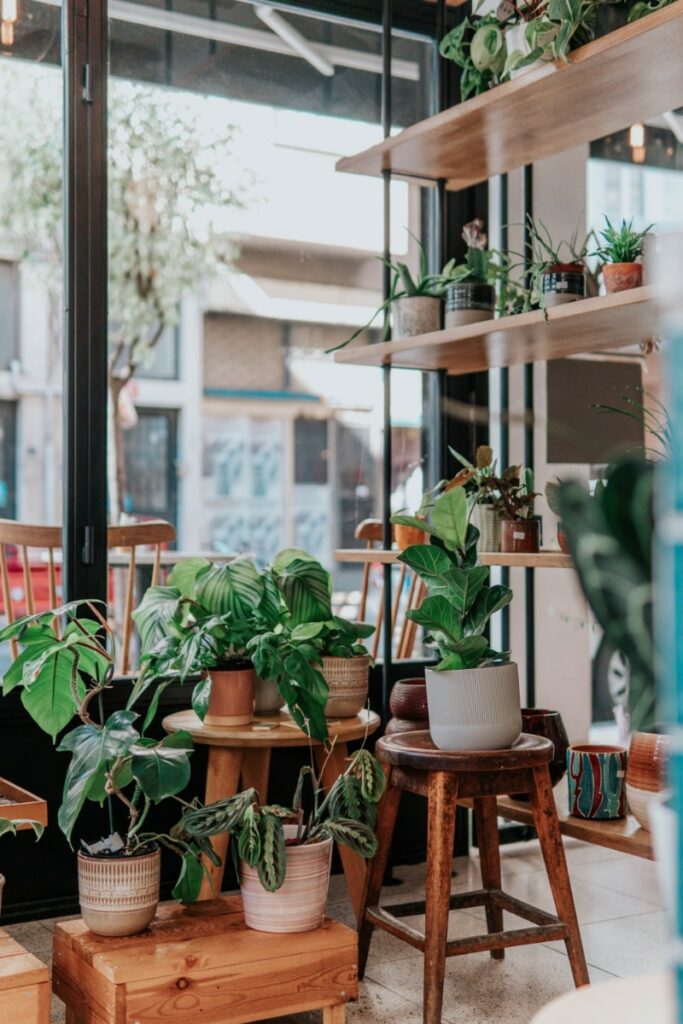
Container gardening is a fantastic way to start an apartment garden, but it requires careful consideration of the pots and soil you use.
When it comes to choosing pots, there are several factors to consider. The size of the pot is crucial, as a pot that is too small can restrict plant growth, while a pot that is too large can lead to overwatering and root rot. Additionally, the material of the pot is important, with clay pots allowing for better airflow and drainage, but also drying out quickly, while plastic pots retain moisture better but can trap excess water and lead to root rot. Ultimately, the choice of material depends on your personal preference and the needs of your plants.
Furthermore, it is essential to ensure that the pot has drainage holes at the bottom to allow excess water to escape. If the pot does not have drainage holes, you can drill them yourself or use a layer of gravel at the bottom of the pot to create a drainage layer.
Choosing the right soil is just as important as choosing the right pot. Regular garden soil is not suitable for container gardening as it can become compacted and restrict root growth. Instead, use a high-quality potting mix that is specifically formulated for container gardening. Potting mixes are lightweight and well-draining, which allows for better root growth and prevents waterlogging. They also contain added nutrients to support plant growth. Avoid using garden soil or topsoil in your container garden as they can contain weed seeds, pests, and diseases. Make sure to choose pots that are appropriate in size and material, have drainage holes, and use a high-quality potting mix that is specifically formulated for container gardening. With these factors in mind, your container garden is sure to flourish.
Watering and Fertilizing Your Plants
Getting the right care in place to start an apartment garden is no easy feat, but it all starts with ensuring that your plants receive the right amount of water and nutrients. Here are some tips to help you keep your plants thriving:
Watering:
1. Determine the watering needs of your plants: Different plants have different watering requirements. Some plants prefer moist soil, while others prefer drier conditions. It’s important to do your research and adjust your watering schedule accordingly.
2. Water your plants regularly: Consistency is key when it comes to watering your plants. However, it’s important to avoid overwatering or underwatering, as this can be detrimental to your plants’ health.
3. Use the right watering technique: When watering your plants, make sure to water the soil directly rather than the leaves. This will help prevent fungal growth and other plant diseases.
4. Consider using a watering system: If you have a large apartment garden, a watering system such as a drip irrigation system or a soaker hose can be a game-changer. This will help ensure that your plants receive consistent moisture without overwatering.
Fertilizing:
1. Choose the right fertilizer: With so many different types of fertilizers available, it can be overwhelming to choose the right one. However, it’s important to select a fertilizer that is appropriate for the type of plants you are growing and the soil conditions in your apartment garden.
2. Follow the instructions: When using fertilizer, it’s crucial to follow the instructions carefully. Over-fertilizing can damage your plants, so make sure to use the recommended amount.
3. Apply fertilizer at the right time: Fertilizer should be applied at the right time in the plant’s growth cycle. For example, some plants may require fertilizer at the beginning of the growing season, while others may need it later on.
4. Consider using organic fertilizers: Organic fertilizers are made from natural materials and are often more environmentally friendly than synthetic fertilizers. They can also help promote healthy growth in your apartment garden.
By following these tips for watering and fertilizing your plants, you can help ensure that your apartment garden thrives and produces healthy, vibrant plants. Remember, each plant is unique and requires a different approach, so don’t be afraid to experiment and adjust your methods accordingly.
Dealing with Common Pests and Diseases
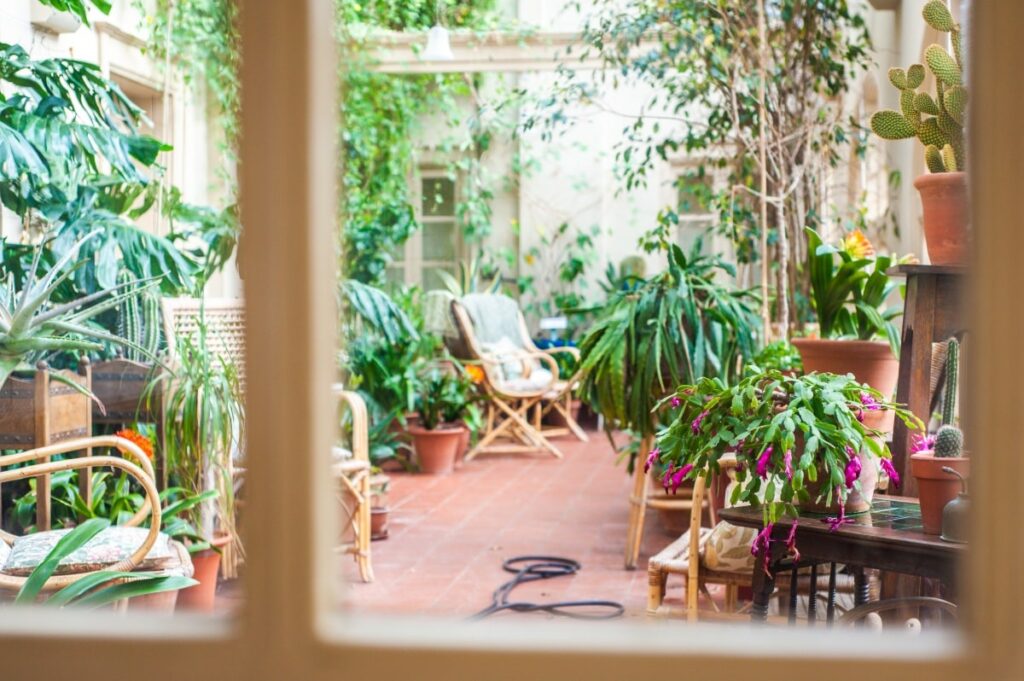
Dealing with pests and diseases is one of the most challenging considerations to start an apartment garden. However, with a little bit of knowledge and effort, you can keep your plants healthy and thriving. Prevention is the first step in dealing with pests and diseases. To keep your plants healthy, make sure to provide them with the right amount of water, sunlight, and nutrients. Overwatering can lead to root rot and other fungal diseases, so be careful. Additionally, keeping your plants clean and free of debris is essential, as it can attract pests.
If you do notice pests or diseases on your plants, there are several natural remedies you can try. For example, neem oil is a natural insecticide that is safe for plants and humans. You can also use a mixture of water and dish soap to kill aphids and other soft-bodied insects. These remedies are effective and safe for your plants.
Another way to prevent pests and diseases is to rotate your crops. This means planting different types of plants in the same spot each year, which can help prevent the buildup of pests and diseases in the soil. This method is a great way to keep your plants healthy and thriving.
Finally, if all else fails, you may need to resort to chemical pesticides or fungicides. However, make sure to use these products sparingly and according to the instructions on the label, as they can be harmful to both plants and humans if used improperly. Chemical pesticides and fungicides should only be used as a last resort.
Dealing with pests and diseases is an inevitable part of apartment gardening. However, with a little bit of knowledge and effort, you can keep your plants healthy and thriving. Remember to focus on prevention, use natural remedies when possible, and resort to chemical pesticides only as a last resort. By following these tips, you can keep your apartment garden healthy and beautiful.
Maximizing Space with Vertical Gardening
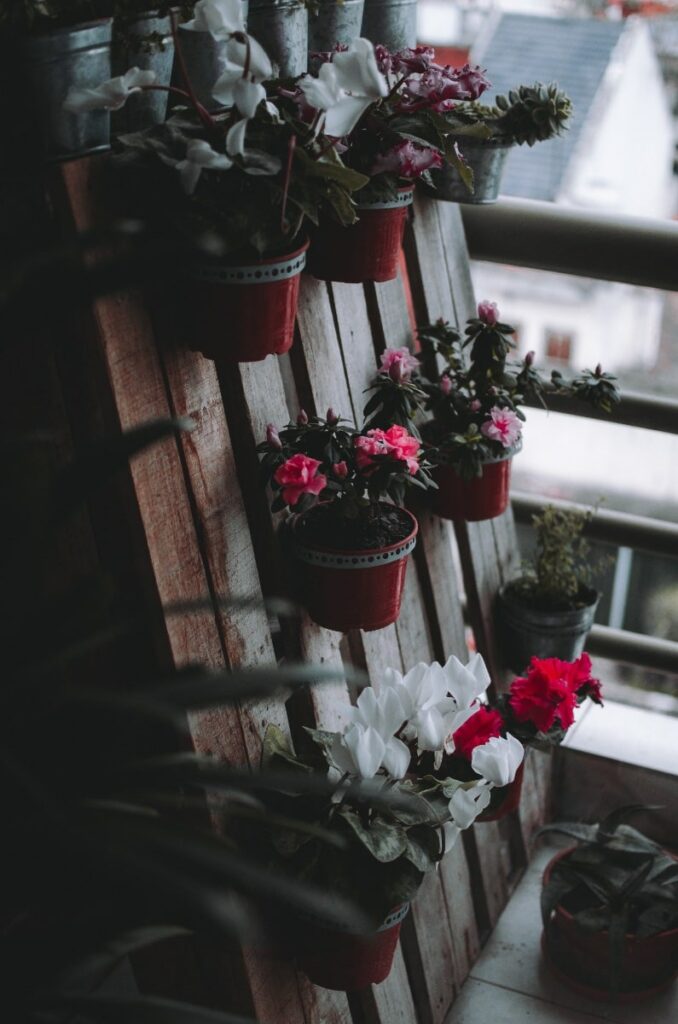
To start an apartment garden, space is always a challenge. But fear not, because vertical gardening is here to save the day! This innovative technique involves growing plants upwards instead of outwards, using walls, trellises, and hanging baskets. Not all plants are created equal, so look for ones that are compact, lightweight, and have shallow roots. Think herbs, lettuce, strawberries, and cherry tomatoes.
Hanging baskets are another great option for adding greenery to your balcony without sacrificing precious floor space. You can hang them from the ceiling or attach them to the railing. And if you choose baskets with a built-in water reservoir, watering will be a breeze.
But why stop there? Install a trellis and watch your climbing plants thrive. Cucumbers, beans, and peas are just a few examples of vines that will love their new vertical home.
Feeling ambitious? Create a living wall that covers an entire wall. You can use a modular system or attach pots to a frame. This is the perfect opportunity to grow herbs, succulents, and other small plants.
And finally, don’t forget about shelves! They’re a great way to add even more plants to your balcony without taking up too much space. Use them to display potted plants or create a mini herb garden.
With these tips, you’ll be well on your way to start an apartment garden, no matter how limited your space may be. So go forth and embrace the power of vertical gardening!
Tips for Successful Indoor Gardening
Indoor gardening is an excellent way to bring the beauty of nature into your apartment. However, it can be quite challenging to grow plants indoors, especially if you are new to gardening. But don’t worry, we’ve got you covered! Here are some tips to help you succeed in your indoor gardening endeavors:
1. Choose the right plants: Not all plants are created equal when it comes to indoor gardening. Some plants require a lot of sunlight, while others thrive in low light conditions. It’s essential to choose plants that are well-suited for indoor growing, such as herbs, succulents, and small vegetables. But how do you know which plants are suitable for indoor gardening? That’s where research comes in handy!
2. Provide adequate light: Most indoor plants require at least six hours of sunlight per day. But what if your apartment doesn’t receive enough natural light? Well, you can always invest in grow lights! These lights mimic natural sunlight and can help your plants grow and thrive. But be careful not to overdo it, as too much light can be harmful to your plants.
3. Water your plants properly: Overwatering or underwatering your plants can be detrimental to their health. It’s crucial to understand the watering needs of each plant and water them accordingly. But how do you know when to water your plants? That depends on the type of plant, the size of the pot, and the humidity level in your apartment. It’s always better to underwater than overwater, as most indoor plants require less water than outdoor plants.
4. Use high-quality soil: The soil you use can make a big difference in the health and growth of your plants. It’s essential to choose a high-quality potting mix that is specifically designed for indoor gardening. But why is soil quality so important? Well, good soil provides the necessary nutrients and drainage for your plants to thrive.
5. Keep pests at bay: Indoor plants are susceptible to pests such as spider mites, mealybugs, and scale insects. It’s crucial to regularly inspect your plants for signs of pests and take action immediately if you notice any infestations. But how do you prevent pests from invading your indoor garden? Well, you can start by keeping your plants clean and healthy, avoiding overwatering, and using natural pest control methods.
6. Prune your plants: Regular pruning can help your plants grow stronger and healthier. It’s essential to remove any dead or damaged leaves, and trim back any overgrown branches. But why is pruning so important? Well, pruning helps your plants focus their energy on new growth, rather than wasting it on old or damaged leaves.
By following these tips, you can create a successful indoor garden that will bring joy and beauty to your apartment. So, what are you waiting for? Happy gardening!
Conclusion: Enjoying the Fruits (and Vegetables) of Your Labor
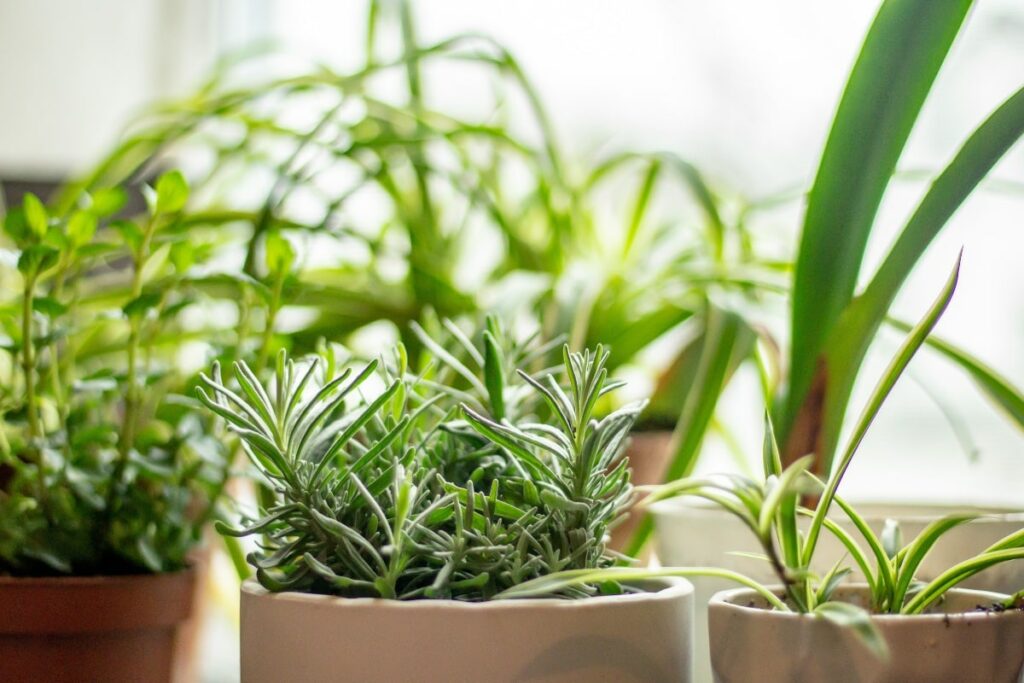
Embarking on the journey of starting an apartment garden can be an incredibly rewarding and fulfilling experience. Not only does it provide you with the opportunity to cultivate fresh produce, but it also allows you to connect with the natural world and take a much-needed respite from the frenzied pace of urban life.
As you devote yourself to the care and nurturing of your plants, you’ll undoubtedly experience a profound sense of accomplishment and pride in your ability to foster life. And when the time comes to reap the fruits of your labor, you’ll be able to savor the delectable flavors of your hard work and dedication.
So, whether you’re a seasoned green thumb or a novice in the world of gardening, don’t hesitate to embark on the journey to start an apartment garden. With a little bit of patience, perseverance, and tender loving care, you’ll be able to cultivate a thriving oasis right in the heart of your home. Happy gardening!
Frequently Asked Questions
What are the benefits of starting an apartment garden?
Starting an apartment garden has numerous benefits. It can help you save money on groceries, provide you with fresh and organic produce, reduce your carbon footprint, and improve your mental health by giving you a sense of accomplishment and relaxation.
What are the best plants to grow in an apartment garden?
The best plants to grow in an apartment garden are those that don’t require a lot of space, sunlight, or maintenance. Some examples include herbs like basil, mint, and parsley, leafy greens like lettuce and spinach, and small vegetables like cherry tomatoes and peppers.
How much space do I need to start an apartment garden?
You don’t need a lot of space to start an apartment garden. You can use a windowsill, balcony, or even a small corner of your living room. The amount of space you need will depend on the number and size of plants you want to grow.
What kind of containers should I use for my apartment garden?
You can use a variety of containers for your apartment garden, including pots, planters, hanging baskets, and even recycled containers like plastic bottles and cans. Just make sure they have drainage holes and are the appropriate size for your plants.
How often do I need to water my apartment garden?
The frequency of watering your apartment garden will depend on the type of plants you’re growing, the size of your containers, and the amount of sunlight and humidity in your apartment. As a general rule, you should water your plants when the top inch of soil feels dry to the touch.
Do I need to use fertilizer in my apartment garden?
Using fertilizer can help your plants grow faster and healthier, but it’s not always necessary. If you’re using high-quality soil and compost, your plants may not need additional fertilizer. However, if you notice your plants are not growing as well as they should, you can use a balanced fertilizer once a month.

